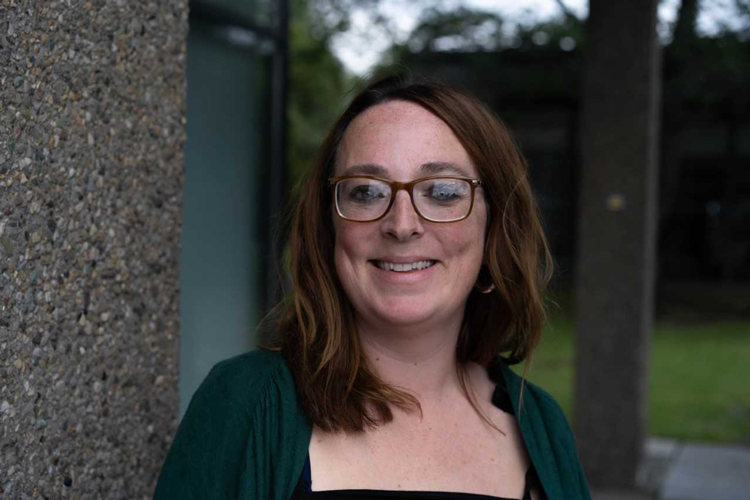In the first lecture of 'Making Home' Dr Rowley's architectural history of Irish housing reveals as much about the culture and mindset we occupy in the provision of homes as it does about the physical evolution of our built environment. It is an interesting observation that the cottage, replaced by the standalone bungalow on its own property, was a symbol of the 'everyday' and the 'ordinary'. That it was viewed as the archetypal Irish homestead – a view which evolved in tandem with a prejudicial view of other types of dwelling.
As Ireland made the leap from a pre-industrial, rural land ruled by a colonial power to a self-determined modern State, its conception of the home clung to this archetype – and has clung to variations on it to this day.
Collective housing was not embraced in Ireland as a means to accommodate intensified housing demand in urban areas. This is in sharp contrast to other countries, such as Austria where a public housing scheme has successfully provided affordable apartments for rent for almost a century.
In response to a housing crisis in Vienna in the early 1900s, Vienna Public Housing opened the Karl-Marx-Court containing approximately 1,400 apartments. The city has consistently added to the social housing stock over time so that today around two-thirds of Viennese residents live in these publicly-owned apartments, paying affordable rents linked to incomes.
In addition to this being a socio-economic structure that insulates renters in Vienna from the vagaries of the market, it is also one that appealed and found acceptance with Viennese citizens.
From the 1930s through the 19070s, flat complexes in Ireland were built and regarded with almost universal apprehension and approbation. Their construction was a necessary evil in the slum clearance projects of the 1930s onwards, whereupon Ireland's urban poor were shifted en masse from the city centres to the suburbs.
The Ballymun Flats – which were finally demolished in 2005 – might be considered the patron saint of such developments, having acquired the status nationally as a symbol of deprivation and 'otherness'. "Ballymun Estate in North Dublin is the green-field site turned mass housing edge-city which was originally conceived of as the heal-all solution to the housing crisis of 1963. Comprising 3,021 dwellings of multi-storey mixed type blocks and two-storey houses, the original scheme was built from 1965-69, and was planned to provide a low density decentralised community in the model of a self-sufficient post-war British New Town" (Rowley, 2014).
"This was the most ambitious mass-housing endeavour in the history of the state and signalled many "firsts", notably the dominance of flat units (2,596 in total) and the incorporation of tower blocks" (Rowley, 2014). In spite of the flats' generous and state-of-the-art design, the development was a failure, due largely to the fact that community amenities required to make it a success did not materialise for a generation. In addition, "subsequent housing policy initiating tenant purchase encouraged the more upwardly-mobile inhabitants to move out during the 1980s" (Rowley, 2014).
The flats were replaced under the Ballymun Regeneration Project, commenced in 1997, with 2,000 new homes – with plans more recently to add a further 2,000 homes including a large proportion of houses for sale. As Dr Rowley wrote in her 2014 case study, "Nostalgia for the traditional urban street has dictated the scale and fabric of this rehabilitation of Ballymun." Considering Ireland's present home ownership rate of 82 per cent, according to Dublin City Council's deputy chief executive Brendan Kenny in The Irish Times last year, Ireland's mindset around housing has changed little since the turn of the last century. While at the same time, RTE reported last December, the Irish Government recorded over 10,514 people in emergency accommodation in October 2019 - some 6,688 adults, 1,733 families and 3,826 children. As we face into a general election in the very near future, and housing looms large among the issues that will be levelled at canvassers on the doorstep, will Ireland's voters reflect any differently on the subject than they have for the last century? Can Ireland conceive of a change in culture and the built environment of its rural and urban landscapes so that all present and future residents can find their home in this country?
